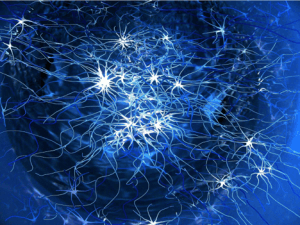A central problem in computer vision is that of designing algorithms that can competently accomplish tasks that humans can easily do, such as recognizing objects. Recently, neuroscientists at MIT found that the latest artificial deep neural networks (DNNs) are able to rival the performance of the primate brain at this task.
Neural networks are a type of machine learning algorithm inspired by the brain. They are typically interconnected layers of nodes which model the network of neurons in a central nervous system. They consist of numerical weights, which are parameters that are tuned via a particular learning algorithm. Neural networks are capable of modeling complex nonlinear relationships.
The researchers compared three different convolutional DNNs and three other biologically relevant algorithms to macaques. Their task was to categorize objects presented under many different image variations, including differences in pose, rotation, background, positioning, and scaling. While this is a computationally challenging problem on which previous models have underperformed, humans and macaques are able to proficiently accomplish this task. The researchers compared the performance of the algorithms against that of the inferior temporal gyrus (IT cortex) of the macaques at this task, in order to see how modern artificial intelligence compares to that of biological nervous systems (1).
The data set images were constructed by first selecting one of seven categories (including cars, fruits, and animals), then selecting one of seven 3D ideal examples of that category, then randomly selecting a unique background, and then finally randomly selecting the geometric parameters. 40 unique images were generated for each of the ideal objects, for a total of 1960 images. The task was difficult due to the magnitude of variation within the dataset (1).
The performance of the non-DNN algorithms on the dataset was roughly equivalent to random guessing (14% accuracy). The three DNNs performed with significantly higher accuracy, with the performance of the Zeigler & Fergus 2013 DNN matching that of the IT cortex at nearly 60%. The results indicate that the object recognition performance of the latest DNNs rival that of the primate IT cortex (1).
Sources:
1. Cadieu, Charles F. et al.. December 18, 2014. Deep Neural Networks Rival the Representation of Primate IT Cortex for Core Visual Object Recognition. PLoS Computational Biology. Available at http://arxiv.org/pdf/1406.3284v1.pdf (January 10, 2015).
